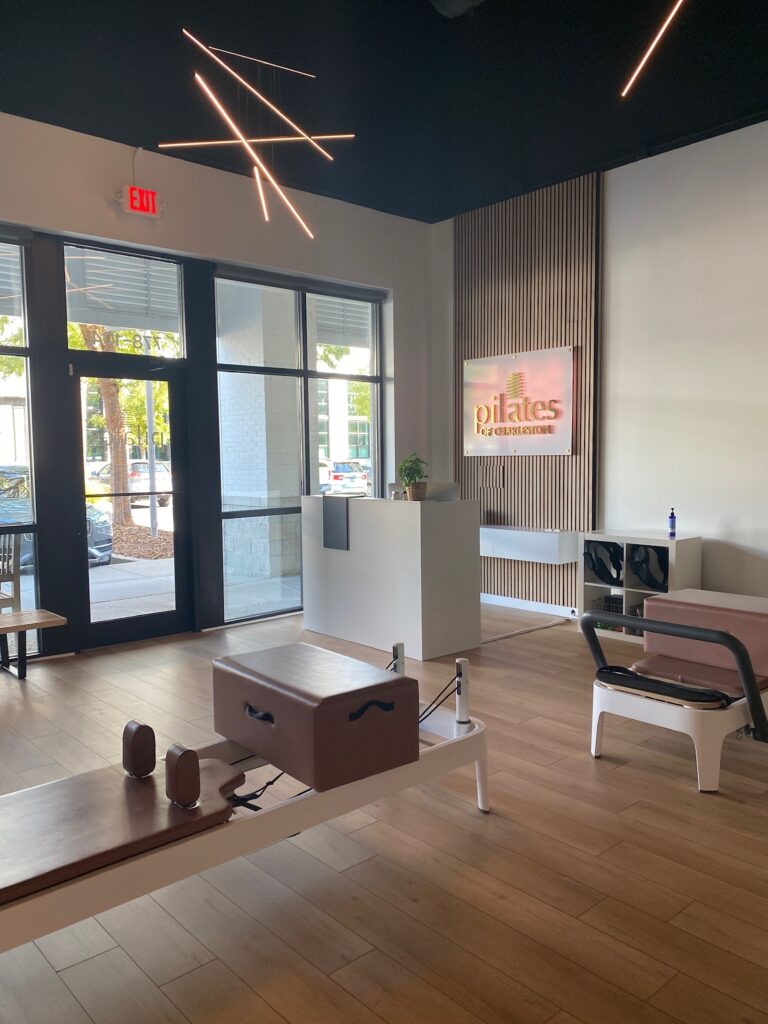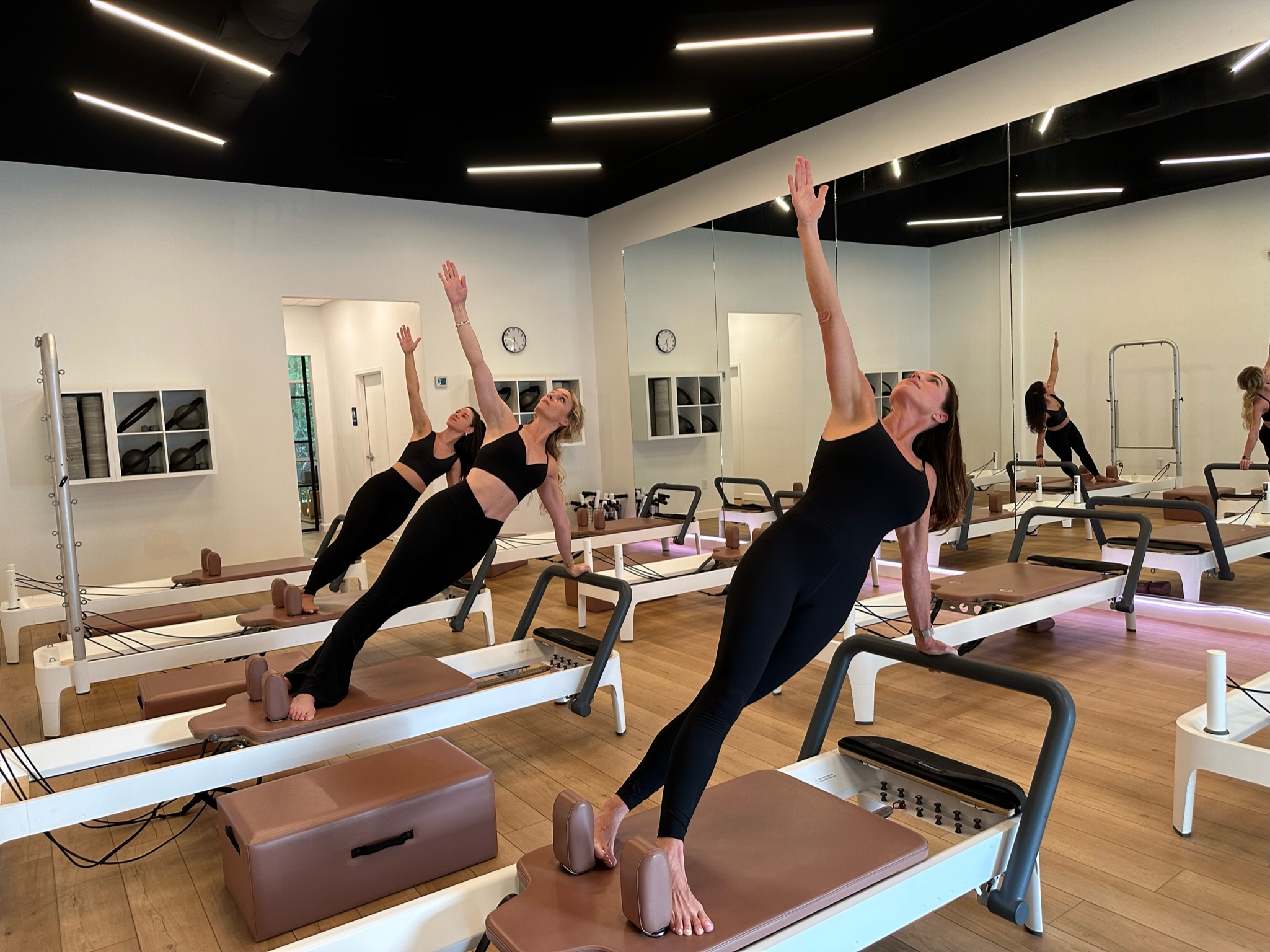What Kind of Workout is Pilates?
Pilates has taken the fitness world by storm, and for good reason. This versatile workout offers numerous benefits for both body and mind. Whether you’re looking to improve your flexibility, strengthen your core, or reduce stress, Pilates has something for everyone. If you are wondering what kind of workout is pilates, then we’ve got you covered in this article!
What is Pilates?
At its core, Pilates is a form of low-impact exercise that aims to strengthen muscles while improving postural alignment and flexibility. Developed in the early 20th century by Joseph Pilates, this workout focuses on controlled movements and breath, often performed on a mat or specialized equipment.
Principles of Pilates
Pilates is built on six fundamental principles:
- Concentration: Focus on each movement.
- Control: Perform exercises with precision.
- Centering: Engage your core.
- Precision: Ensure accurate movements.
- Breath: Use breath to guide movements.
- Flow: Maintain smooth, continuous motions.
Types of Pilates
Pilates can be practiced in various forms:
- Mat Pilates: Exercises performed on a mat using body weight for resistance.
- Reformer Pilates: Uses a reformer machine to add resistance with springs.
- Contemporary Pilates: Incorporates modern research and fitness techniques. This is the type of Pilates taught at Pilates of Charleston.
- Classical Pilates: Stays true to Joseph Pilates’ original exercises and order.
Benefits of Pilates
Pilates offers a wide range of benefits:
Physical Benefits
- Improved Flexibility: Stretching and lengthening muscles.
- Enhanced Core Strength: Targeting the abdomen, lower back, hips, and glutes.
- Better Posture: Aligning the body correctly.
- Increased Muscle Tone: Toning muscles without adding bulk.
Mental Benefits
- Stress Reduction: Focusing on breath and movement to calm the mind.
- Improved Focus: Concentrating on precise movements.
- Enhanced Body Awareness: Developing a deeper understanding of your body.
Pilates vs. Other Workouts
How does Pilates stack up against other popular exercises?
- Pilates vs. Yoga: Both improve flexibility and reduce stress, but Pilates focuses more on strength and control. If you are looking for a full body workout, then Pilates is for you!
- Pilates vs. Weight Training: Weight training builds muscle mass; Pilates enhances muscle tone and flexibility.
- Pilates vs. Cardio Exercises: Cardio improves heart health; Pilates focuses on core strength and body alignment.

Have you ever thought about taking Pilates classes?
At Pilates of Charleston we have a wonderful community of instructors and clients. Group classes are a great way to connect with our community while getting a great workout.
Private Sessions
If you are brand new to Pilates, consider taking a few private sessions to learn the ropes before diving into group classes.
Who Can Do Pilates?
Pilates is incredibly inclusive:
- Suitable Age Groups: From teenagers to seniors.
- Fitness Levels: Beginners to advanced practitioners.
- Special Populations: Pregnant women, athletes, and individuals recovering from injuries.
Basic Pilates Exercises
Some foundational Pilates moves include:
- The Hundred: A core exercise involving breath control.
- Roll-Up: Strengthens the spine and core.
- Leg Circles: Enhances hip mobility.
- Rolling Like a Ball: Massages the spine.
- Series of Five: A sequence of abdominal exercises.
Advanced Pilates Moves
For those seeking a challenge:
- Teaser: A demanding core exercise.
- Swan Dive: Strengthens the back and improves flexibility.
- Control Balance: Tests balance and control.
- Jackknife: Engages the core and legs.
Pilates Equipment
To elevate your practice, consider using:
- Reformer: A versatile machine with springs for resistance.
- Cadillac: Offers a wide range of exercises.
- Wunda Chair: Great for strength and balance.
- Magic Circle: Adds resistance to various exercises.
- Small Props: Such as bands and balls to enhance workouts.
How to Get Started with Pilates
Ready to dive in? Here’s how:
- Finding a Class: Look for local studios (May we recommend Pilates of Charleston!) or online classes.
- What to Wear: Comfortable, form-fitting clothes.
- What to Bring: A mat, water bottle, and towel. You’re gonna sweat.
Common Mistakes in Pilates
Avoid these pitfalls:
- Incorrect Breathing: Breath is key in Pilates.
- Poor Form: Focus on alignment and precision. That’s why we recommend starting with a few private Pilates sessions.
- Overusing Certain Muscles: Ensure balanced muscle engagement.

Tips for Maximizing Pilates Results
To get the most out of Pilates:
- Consistency: Practice regularly. We recommend 2 to 3 classes a week.
- Focus on Form: Precision over speed.
- Listen to Your Body: Avoid pushing into pain.
Pilates for Rehabilitation
Pilates is excellent for recovery:
- Injury Prevention: Strengthens muscles and improves flexibility.
- Post-Surgery Recovery: Gentle exercises to regain strength.
- Chronic Pain Management: Alleviates conditions like back pain.
Pilates is more than just a workout; it’s a holistic approach to health and well-being. By incorporating Pilates into your fitness routine, you can enjoy improved strength, flexibility, and mental clarity. So, why not give it a try?
FAQs
- What are the primary benefits of Pilates? Pilates improves flexibility, core strength, posture, and mental clarity.
- How often should you do Pilates? Aim for at least 2-3 times a week for optimal results.
- Can Pilates help with weight loss? Yes, when combined with a balanced diet and cardio exercises.
- Is Pilates suitable for pregnant women? Absolutely, with modifications and guidance from a qualified instructor.
- Do you need special equipment to do Pilates? While equipment can enhance the practice, many exercises can be done with just a mat.

